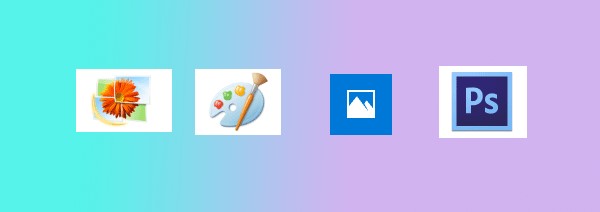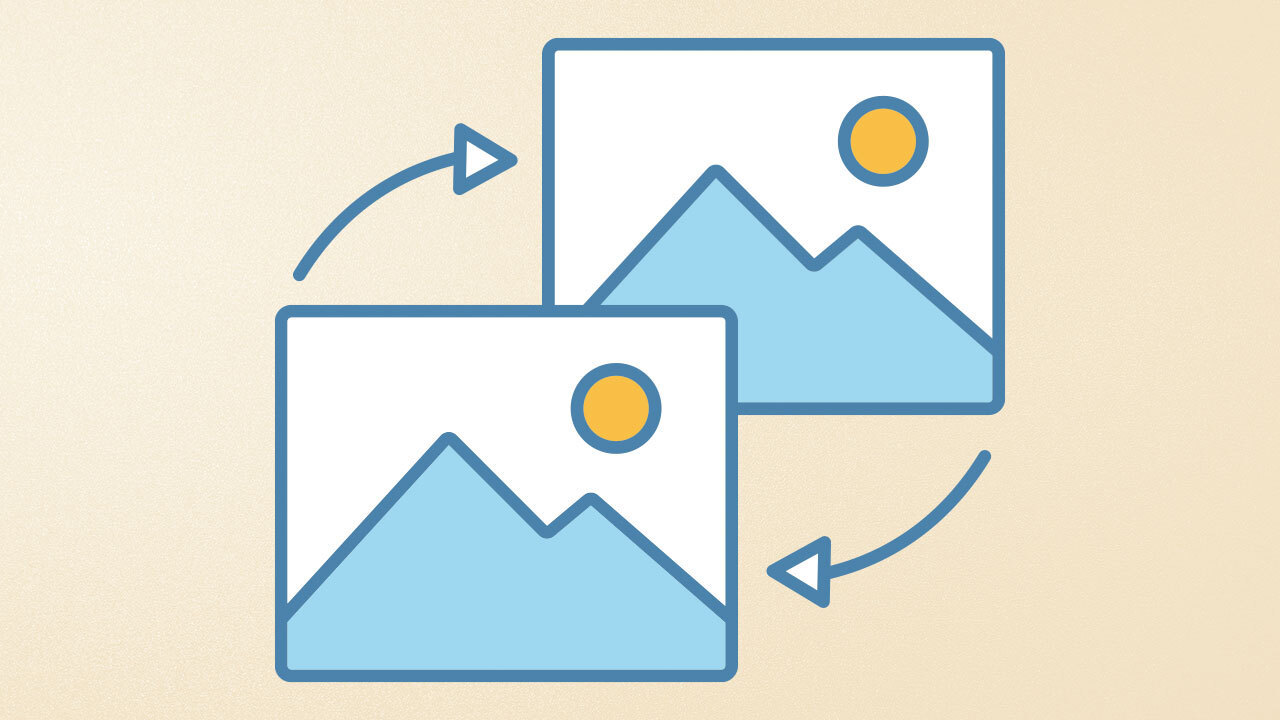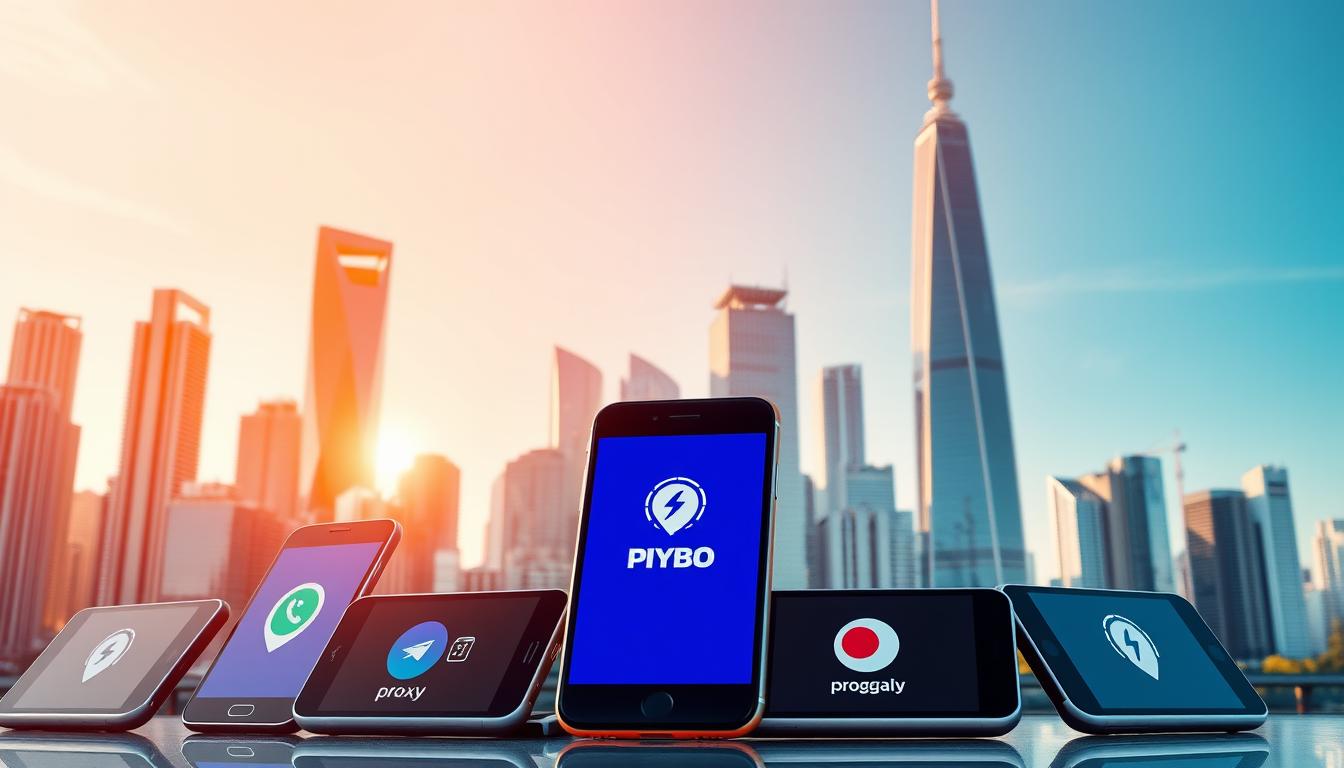FTC disclaimer: This post contains affiliate links and I will be compensated if you make a purchase after clicking on my link.
A Portable Network Graphic or PNG is an image format widely used to design logos or related graphics.
It is a good replacement for Graphics Interchange Format (GIF), which was earlier popular and widely used in the past.
Let’s look into more detail on why PNG is preferred over other image formats in some situations. Also, how to open a PNG file and convert a PNG file into other format types.
What is a PNG file?
A PNG file stands for Portable Network Graphics file.
A PNG file is an uncompressed raster image format that contains 24bit RGB color palettes and greyscale images.
It is also known as a lossless data compression format created to replace the Graphics Interchange Format (GIF).
Moreover, lossless data compression means that you can restore the compressed information at the time of viewing.
Also, PNG is not created to replace the JPG or JPEG file format. A JPG or JPEG is lossy compression which means that it will remove redundant or not required information.
The lossy compression properties of JPG make it smaller in size. But, PNG maintains the image quality during the time of compression.
Additionally, a PNG file is 10 to 30 percent more compressed than a GIF format.
How to open a PNG file?
The PNG file can be opened using a default photo viewer program in Windows, Mac, Android, iOS operating systems.
Further, all web browsers like Chrome, Firefox, Internet Explorer, Opera support PNG files.
So, while surfing the Internet, you don’t need any extra tools or download software to view images.
Moreover, many other software programs, graphic tools, and services are available to open PNG files.
Some of the common and well-known programs are:
- Microsoft Photos Viewer
- Microsoft Paint
- Adobe Photoshop
- CorelDraw Graphics Suite
- Adobe Illustrator
- Apple Photos
- GIMP
- Google Photos
- XnView
- IrfanView
- FastStone Image Viewer
- Google Drive
You can edit PNG files using some of the above programs like Microsoft Paint, Adobe Photoshop, GIMP, CorelDraw Graphics Suite.
When to use PNG files?
PNG files are a great format, but it is not suitable to use in all situations. It is also difficult in a situation when PNG files take more space than needed.
Also, a PNG file is difficult to use in email and web pages because of the large file size.
When large file size doesn’t matter; instead, image quality matters more, then a PNG file is used in such a situation.
PNG files are useful in storing graphics like logos, graphs, charts, architectural plans, and blueprints.
It is useful in preserving quality photos, handwritten texts, and newspaper articles.
PNG is used in line art such as illustration, drawing, and comics.
It helps edit an image where some image needs to be transparent in designing a website, making illustrations, and creating photography.
While making page layout using tools like Photoshop or InDesign, it can be saved as PNG files.
How to Convert a PNG file?
Almost every image convertor program can convert into other formats like JPG, PDF, GIF, BMP, ICO, TIF, and more.
Some of the most popular and free image convertor for PNG file is:
- FileZigZag
- Zamzar
- PixConverter
- XnConvert
- Pngtosvg.com (PNG to SVG)
Advantages and Disadvantages of PNG
The advantages of using PNG are:
- PNG has lossless compression property where you cannot lose any details after image compression
- It supports a large number of colors that make it suitable to use in photography and graphics.
- It also supports the compression of images when some portion of the images is made transparent.
- You can store and edit the digital photo in a PNG file because of lossless compressions.
- PNG files are preferred for text, line arts, and graphics because they have sharp edges and solid colors.
The disadvantages of using PNG file are:
- PNG file is not preferred when the image file size is bigger than expected.
- It is also unsuitable in professional-quality print graphics because it does not support non-RBG colors like CMYK (Cyan, Magenta, Yellow, and Black).
- Most digital cameras do not use PNG format because it does not support the embedding of EXIF metadata.
- It is not supported in animation.
Difference between JPEG and PNG
Both JPEG and PNG are widely used image formats on the web, but there are some differences between them.
Differ in compression
JPEG is “lossy” compression, which means it removes unnecessary or redundant information permanently when compressed. This decreases the image quality to a certain degree.
PNG is a “lossless” compression which means, during compression, it does not remove unnecessary details and can be retrieved when needed.
Differ in storage space
JPEG image format takes up less storage space, so it is preferable to upload or download.
Also, JPEG contains millions of colors that make it perfect for real-life images such as photographs. It is also preferred while uploading to websites and posting to social media.
PNG takes more storage space because it contains good details and high contrast.
It is typically used in screenshots, graphics, prints, logos because of perfect pixel-for-pixel representation. Further, it also supports transparency along grayscale and color.
Better contrast
JPEG images have low contrast, whereas PNG images deal with sharp contrast.
So, text or lines, screenshots, and illustrations are preferable in PNG, while real-life photos are best in JPG or JPEG.
Good for editing
PNG format is preferred over JPEG format when you need to edit images multiple times.
In the case of the JPEG format, when you edit the images multiple times, then it goes for “generation loss.”
It means that it lowers the quality of the image while editing and saving the file again and again.
Because of lossless compression, the PNG format does not suffer any fall in image quality.













